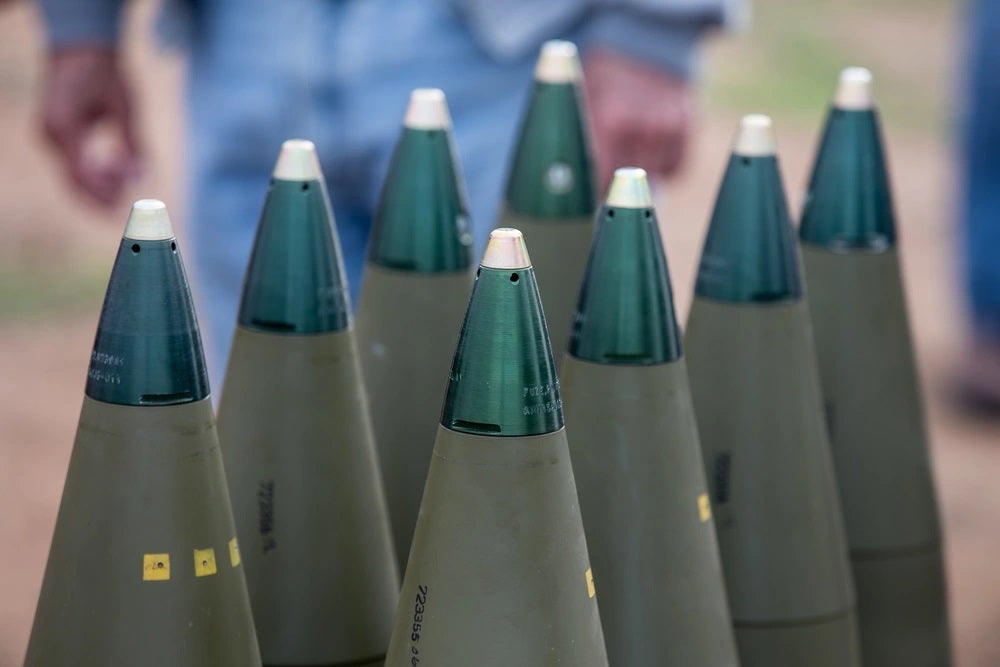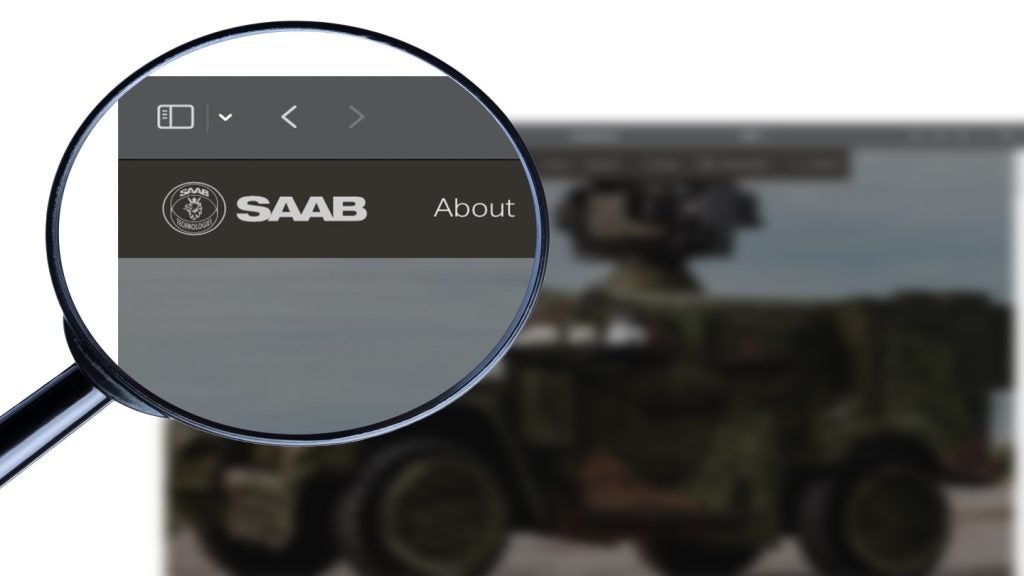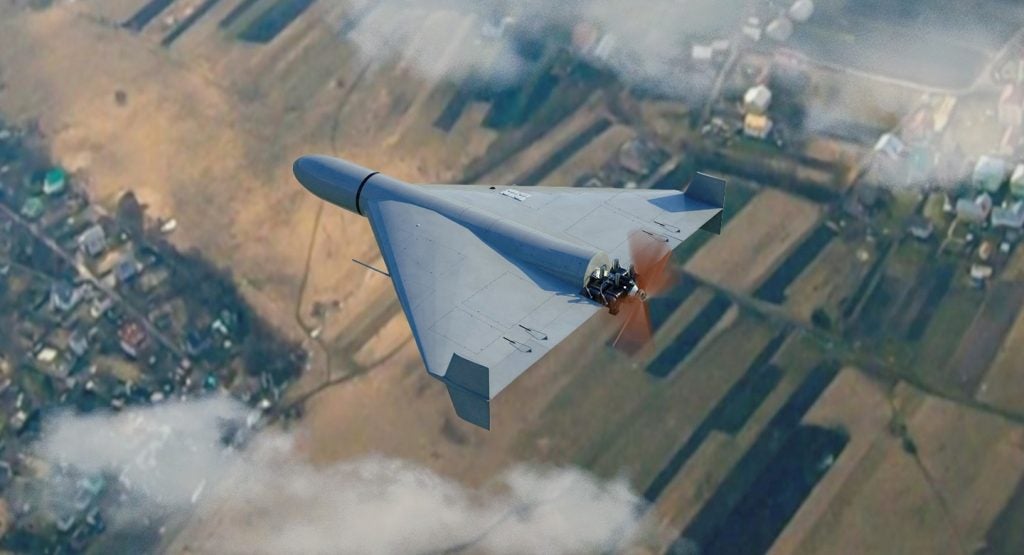
Producing enough ammunition has become the aim of the game on the world stage as Ukraine’s expenditure exceeds the rate of supply.
The US Department of Defense has responded to the call as they set their defence firms against each other to compete for the production of 155mm rounds of ammunition on 15 February.
General Dynamics and American Ordnance LLC are set to compete for each order of the $993.8m firm-fixed-price with economic price adjustment contract to produce the ammunition.
The work locations and funding will be determined with each order, with an estimated completion date of 14 February 2028.
Supply and demand
There is a troubling imbalance between western supply and Ukraine’s demand for ammunition. Ahead of the NATO Defence Ministers’ meeting on 14 February, NATO Secretary Jens Stoltenberg outlined the need to remedy this problem.
He stated that defence industries are under strain to make up for the shortage of supply, and that “the waiting time for large-calibre ammunition has increased from 12 to 28 months”.
“Orders placed today would only be delivered two-and-a-half years later,” Stoltenberg said, adding that the solution is to “ramp up production and invest in our production capacity”.
Since the fall of the Soviet Union, Ukraine’s legacy stores of ammunition have seen fast consumption according to an in-depth article published in Global Defence Technology.
It is reported that Ukraine was expending 6,000 rounds of 152mm ammunition per day, compared with the 20,000 rounds per day being spent by Russia.
Furthermore, one challenge mentioned was that NATO had gone above and beyond in supplying its own calibre systems that could be supported by existing production lines, unlike the Soviet calibre systems Ukraine had inherited.
The International Institute of Strategic Studies affirms this, stating Ukraine’s “Warsaw Pact calibre artillery and missile systems may have limited or no available ammunition”, according to its Military Balance 2023 report.
US ammunition production in world context
The US Secretary of Defense, Lloyd Austin III, acknowledged Ukraine has “used a lot of artillery ammunition. We’re going to do everything we can, working with our international partners, to ensure that we get them as much ammunition as quickly as possible”.
The Defense Secretary is living up to his word as the US steps up to meet the shortfall of ammunition available to Ukraine. They will provide ammunition for Ukraine’s 168 155mm artillery systems according to the Military Balance of the IISS.
France also announced that it will work with Australia to ramp up 155mmammunition production.
They are followed by other NATO allies like Germany, where defence firm Rheinmetall won a contract on 15 February to deliver 300,000 rounds of 35mm ammunition rounds for Gepard air defence vehicles for Ukrainian use.
On top of this, the US Defense Secretary also offered another benefit to Ukraine’s armed forces by making them less reliant on artillery.
“We are working with the Ukrainian soldiers in various places throughout Europe to emphasise additional training on manoeuvre so that as they place more emphasis on manoeuvre and shaping the battlefield with fires and then manoeuvring, there’s a good chance that they’ll require less artillery munitions, but that’s left to be seen,” he said.








